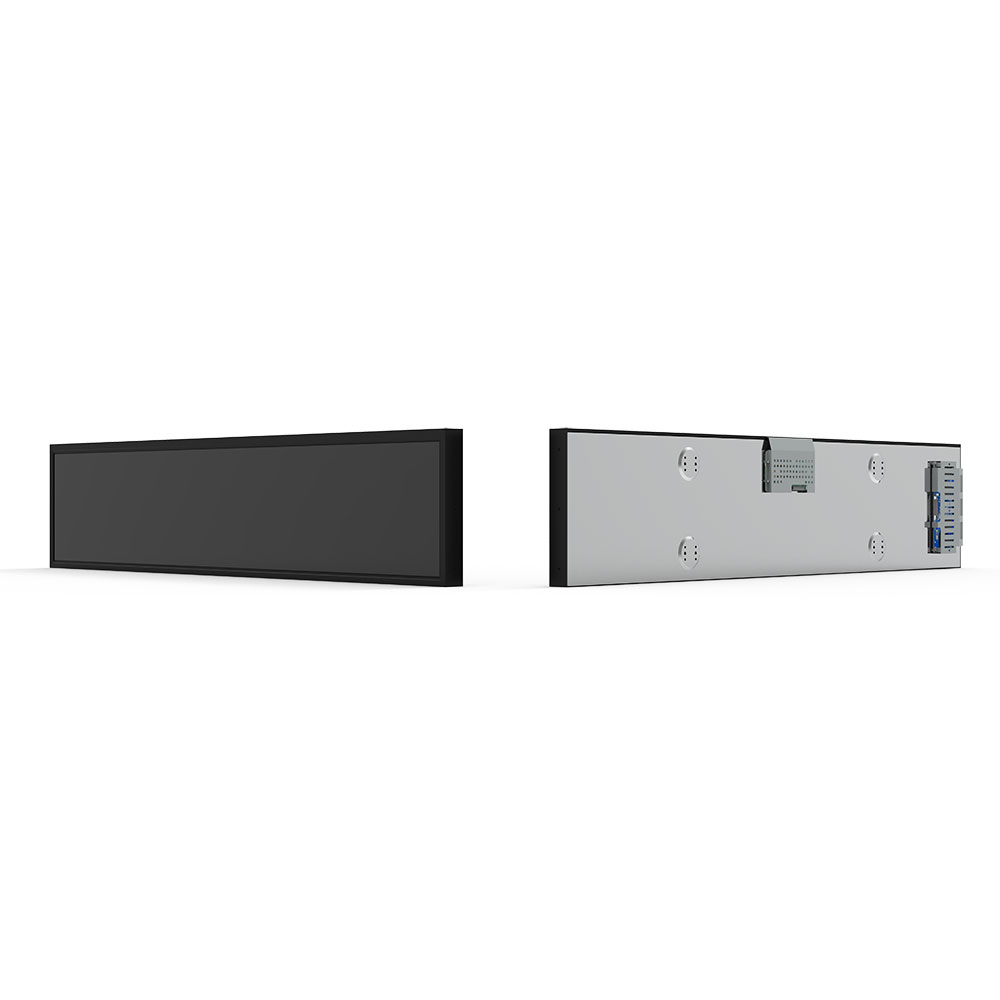- Home
- About Us
- Products
- News
- Video
- Contact
- Send Inquiry
Search
- Home
- About Us
- Products
- News
- Video
- Contact
- Send Inquiry

When designing or selecting outdoor LCD screens for commercial, transportation, or public information applications, brightness is not just a number—it’s a critical performance parameter that directly impacts visibility, energy efficiency, and system longevity. Industry standards such as IEC 62371 and the SMPTE RP 431-2 provide baseline requirements, but real-world conditions often exceed these thresholds. For example, an outdoor LCD screen used in a sunny urban environment must maintain a minimum of 5,000 nits to remain legible under direct sunlight—far beyond the typical 2,000–3,000 nits found in indoor displays.
According to a 2023 study by the Society for Information Display (SID), outdoor LED-backlit LCDs with dynamic local dimming can achieve up to 8,000 nits peak brightness while maintaining a 20% lower power draw than older full-array backlighting systems. This is particularly relevant for solar-powered installations where energy conservation is paramount. Furthermore, manufacturers like LG, Samsung, and Sharp have adopted advanced optical films and anti-glare coatings that reduce specular reflection by up to 65%, ensuring consistent image quality across varying ambient light levels.
From a practical standpoint, real-world deployment data from cities like Dubai and Singapore shows that screens operating at 6,000+ nits experience less maintenance downtime due to reduced overheating and glare-related malfunctions. In contrast, screens below 4,500 nits in high-sunlight areas reported up to 40% more visual degradation within the first year. These findings reinforce that brightness should be evaluated alongside thermal management, material durability (e.g., IP65-rated enclosures), and adaptive brightness control algorithms.

To ensure long-term reliability, it is recommended that outdoor LCD screens undergo accelerated life testing per JEDEC JESD22-A101 (temperature cycling) and JESD22-B103 (humidity bias). This ensures the display can withstand extreme environmental stressors such as desert heat cycles or coastal salt exposure without failure. By aligning design choices with both international standards and field-tested performance data, organizations can maximize ROI while delivering clear, readable content in any lighting condition.